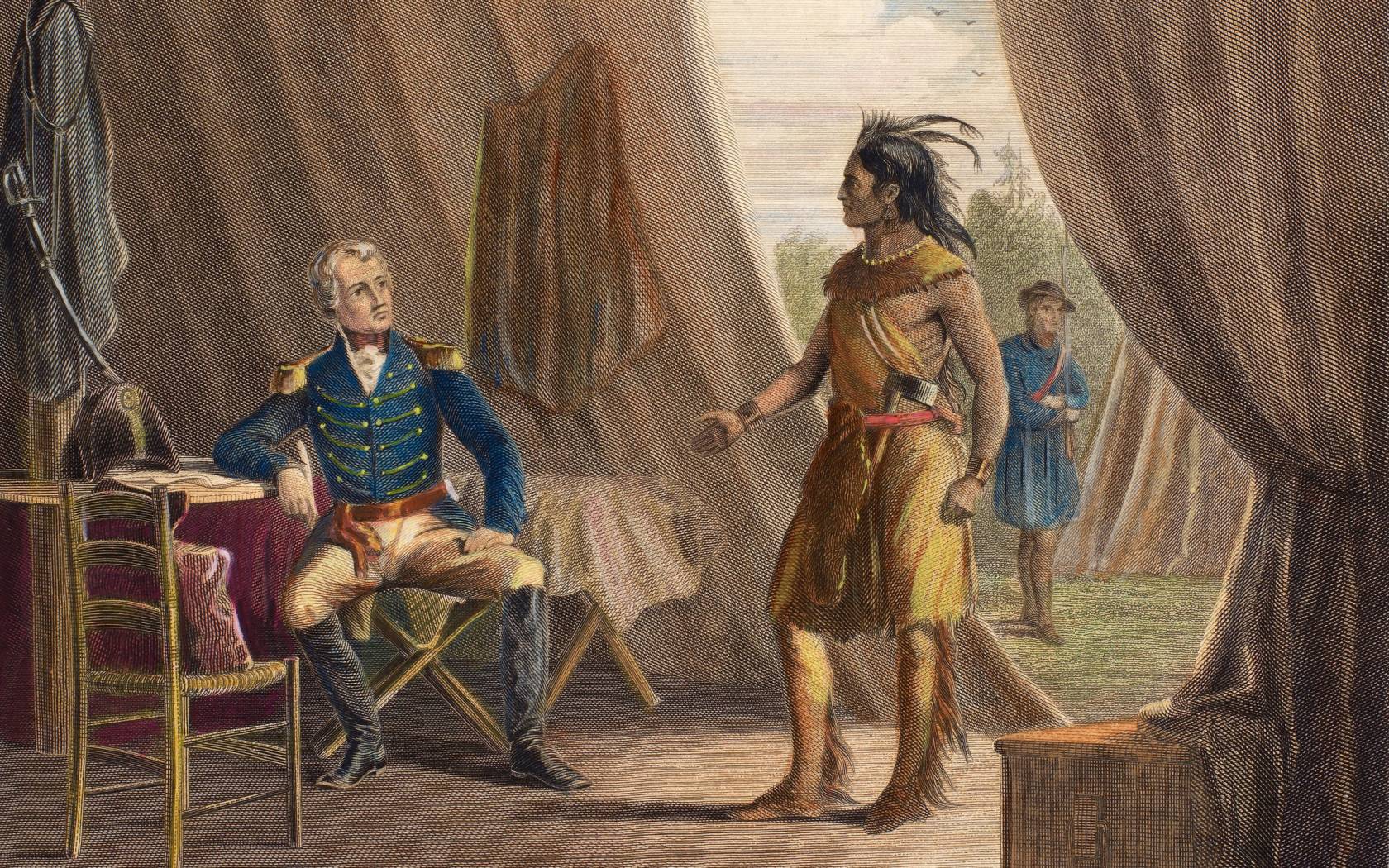nagoyasuzukiamerica.com – Andrew Jackson, the seventh President of the United States (1829–1837), is a figure whose legacy is deeply intertwined with the forced relocation and resettlement of Native American tribes—a policy that has come to be known as the “Trail of Tears.” This policy, which led to the displacement of thousands of Indigenous people from their ancestral lands, remains one of the most controversial aspects of his presidency.
Early Life and Military Background
Born on March 15, 1767, in the Waxhaws region along the North and South Carolina border, Andrew Jackson was the son of Irish immigrants. Orphaned at a young age, he developed a fierce independence and a strong sense of justice. His early life was marked by hardship, but he rose to prominence as a military leader during the War of 1812. Jackson’s leadership in the Battle of New Orleans in 1815 earned him national fame and solidified his reputation as a defender of American interests.
Jackson’s Military Campaigns Against Native American Tribes
Before his presidency, Jackson was involved in several military campaigns against Native American tribes. In 1814, he led U.S. forces against the Creek Nation in the Battle of Tohopeka (also known as the Battle of Horseshoe Bend), resulting in a decisive victory. This victory forced the Creek to cede approximately 23 million acres of land to the United States, significantly altering the balance of power in the Southeast.
The Indian Removal Act of 1830
As President, Jackson pursued a policy aimed at relocating Native American tribes from their ancestral lands in the southeastern United States to territories west of the Mississippi River. On May 28, 1830, he signed the Indian Removal Act into law. This legislation authorized the federal government to negotiate treaties with Native American tribes, offering them land in the west in exchange for their lands in the east. Jackson argued that this policy would protect Native American communities from encroaching settlers and provide them with opportunities to maintain their traditional ways of life.
Implementation and Impact
The implementation of the Indian Removal Act led to the forced relocation of thousands of Native Americans, most notably the Cherokee, Choctaw, Chickasaw, Creek, and Seminole nations. The Choctaw were the first to sign a removal treaty in September 1830, and some began emigrating during a harsh winter without federal troops or adequate provisions. The Cherokee, despite their efforts to assimilate and adopt European-American customs, were subjected to forced removal. In 1838, under President Martin Van Buren, the Cherokee were compelled to march to the designated Indian Territory, a journey that became known as the “Trail of Tears.” Over 20,000 Cherokees were forced to march westward, and about a quarter of them died along the way.
Legal Challenges and Supreme Court Rulings
The policy faced legal challenges, most notably in the case of Worcester v. Georgia (1832). The Supreme Court ruled that the Cherokee Nation was a distinct community with self-governing powers, and that Georgia’s laws had no force within its territory. However, President Jackson reportedly refused to enforce the ruling, stating, “Well, John Marshall has made his decision, now let him enforce it.” This defiance underscored the limited power of the judiciary in the face of executive authority during this period.
Controversy
Jackson’s policy of Indian removal has been widely criticized for its inhumanity and the devastating impact it had on Native American communities. The forced relocations resulted in the deaths of thousands due to disease, exposure, and starvation. The term “Trail of Tears” encapsulates the suffering endured by these communities. Critics argue that Jackson’s actions were driven by a desire to expand agricultural lands for cotton cultivation, benefiting white settlers and enslaved people, rather than any genuine concern for Native American welfare.
Conclusion
Andrew Jackson’s presidency is marked by his aggressive policies toward Native American nations, culminating in the forced relocations known as the Trail of Tears. While he justified these actions as protective measures for Native American tribes, the enduring legacy of these policies is one of profound loss and suffering for Indigenous peoples. The events of this period serve as a stark reminder of the consequences of policies driven by expansionist desires and the disregard for the rights and sovereignty of Native American nations.
